Luke Koppa
Background
5’8”, 155 lbs. I generally wear a size Medium in everything. (see Bio)
I spend most of my time skiing in the drier climate of Colorado, so I tend to prioritize breathability over maximum weather protection. I’d say I don’t tend to get that much colder or hotter than other people (i.e. I run fairly “average” in terms of body heat), and my layering combinations reflect that.
SKI TOURING (Colorado)
Base Layer: Norrona Wool One-Piece
This is my current favorite base layer for touring because of its soft, lightweight (170 g/m2) merino fabric, its slim fit, and the addition of a hood, which I appreciate on windy skin tracks and bootpacks. I can wear it for several days in a row without it smelling, and it’s a onesie, so it keeps snow out of places it shouldn’t be when I inevitably crash.
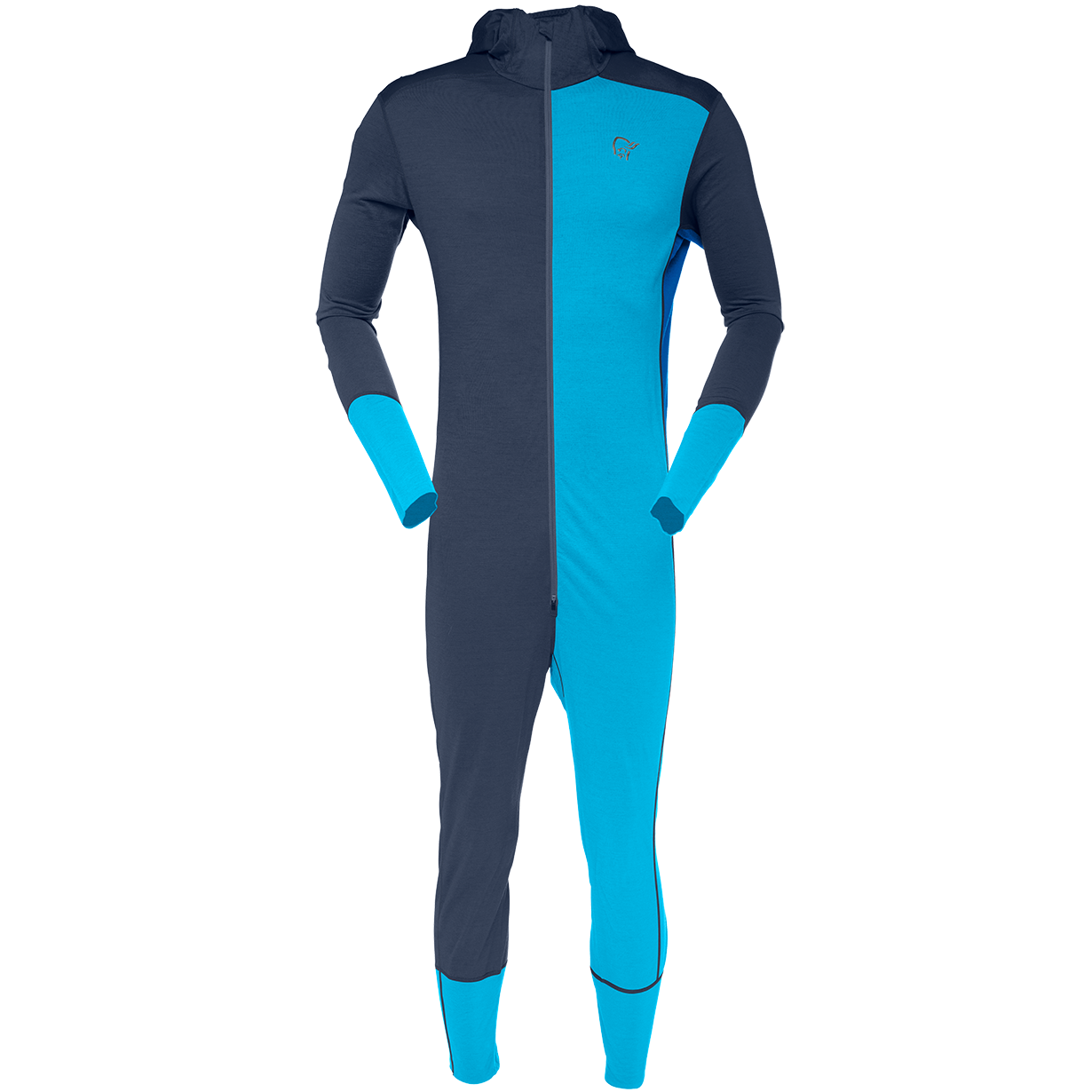
Mid Layer 1: Patagonia R1 Pullover
For winter ski touring when it’s below 20° F, I like a light, breathable fleece that I can keep on even while working hard. The R1 is breathable and fairly light, and I can skin with it on in most winter conditions. I use the pullover version because I usually wear a base layer with a hood, and therefore don’t require the (very good) hooded version of the R1.
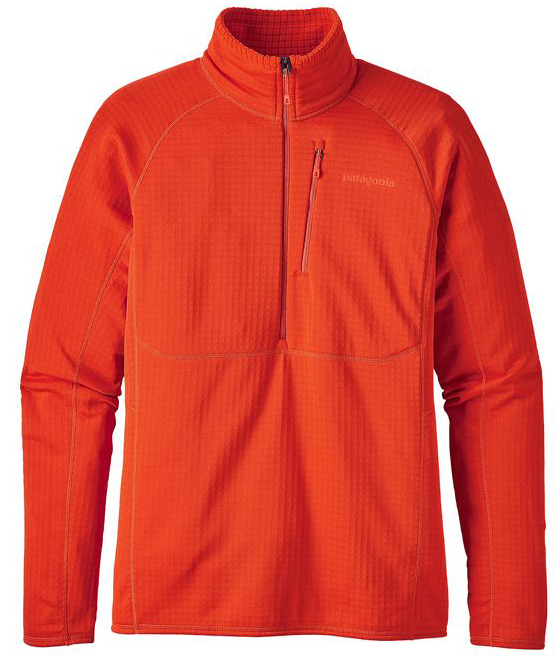
Mid Layer 2: Patagonia Micro Puff Hoody
The Micro Puff Hoody has quickly become a staple in my touring kit thanks to its extremely impressive warmth-to-weight ratio and water-resistant synthetic insulation. It provides lightweight, packable warmth for transitions, and I don’t have to worry about leaving it packed away at the bottom of my pack where it’s likely to get wet.
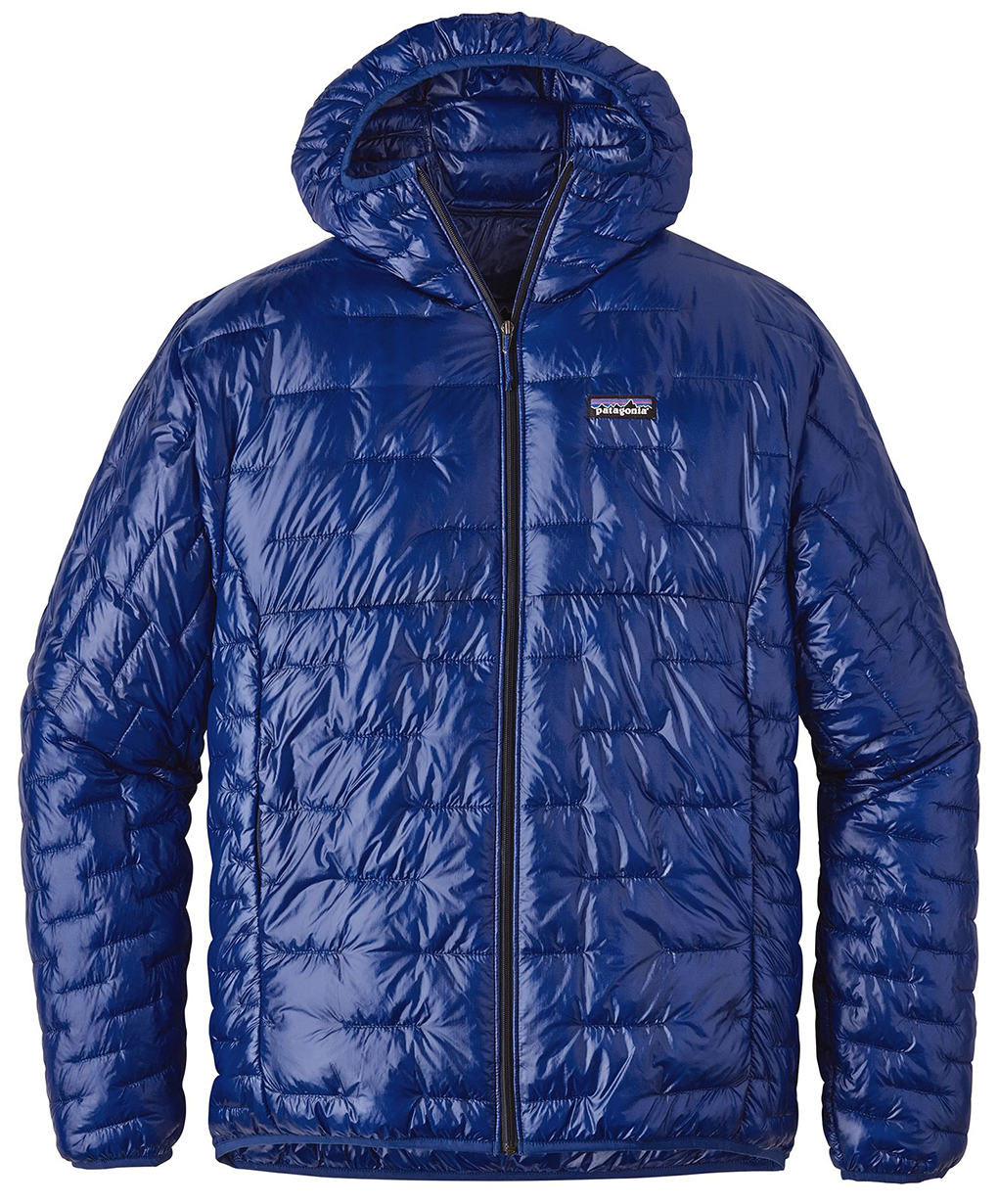
Extra Insulation: Patagonia Fitz Roy Down Parka
I don’t bring this piece on all of my tours, but it is my insurance policy for really cold days, and / or longer days where I might be sedentary for a while and am not trying to pack super light.
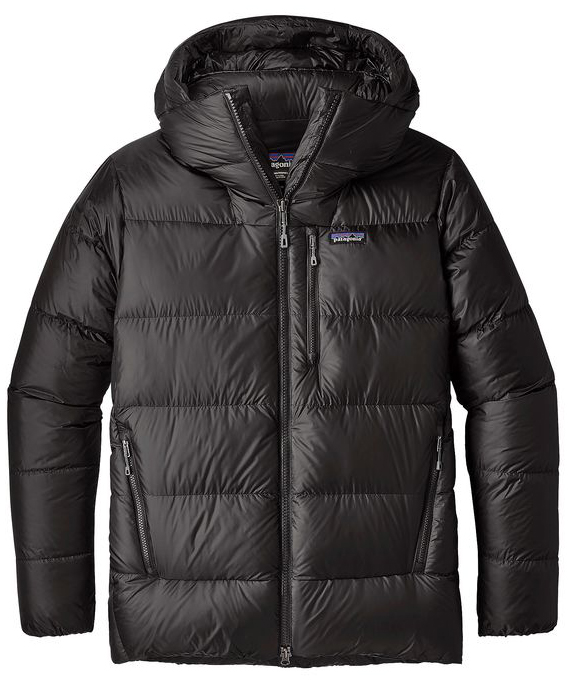
Shell: Norrona Lyngen Hybrid Jacket & Pants
With waterproof fabric in the upper chest, arms, seat, and knees, the Lyngen Hybrid kit provides plenty of weather protection for Colorado’s winter, and with a soft shell fabric everywhere else, it breathes significantly better than full hard shell options.
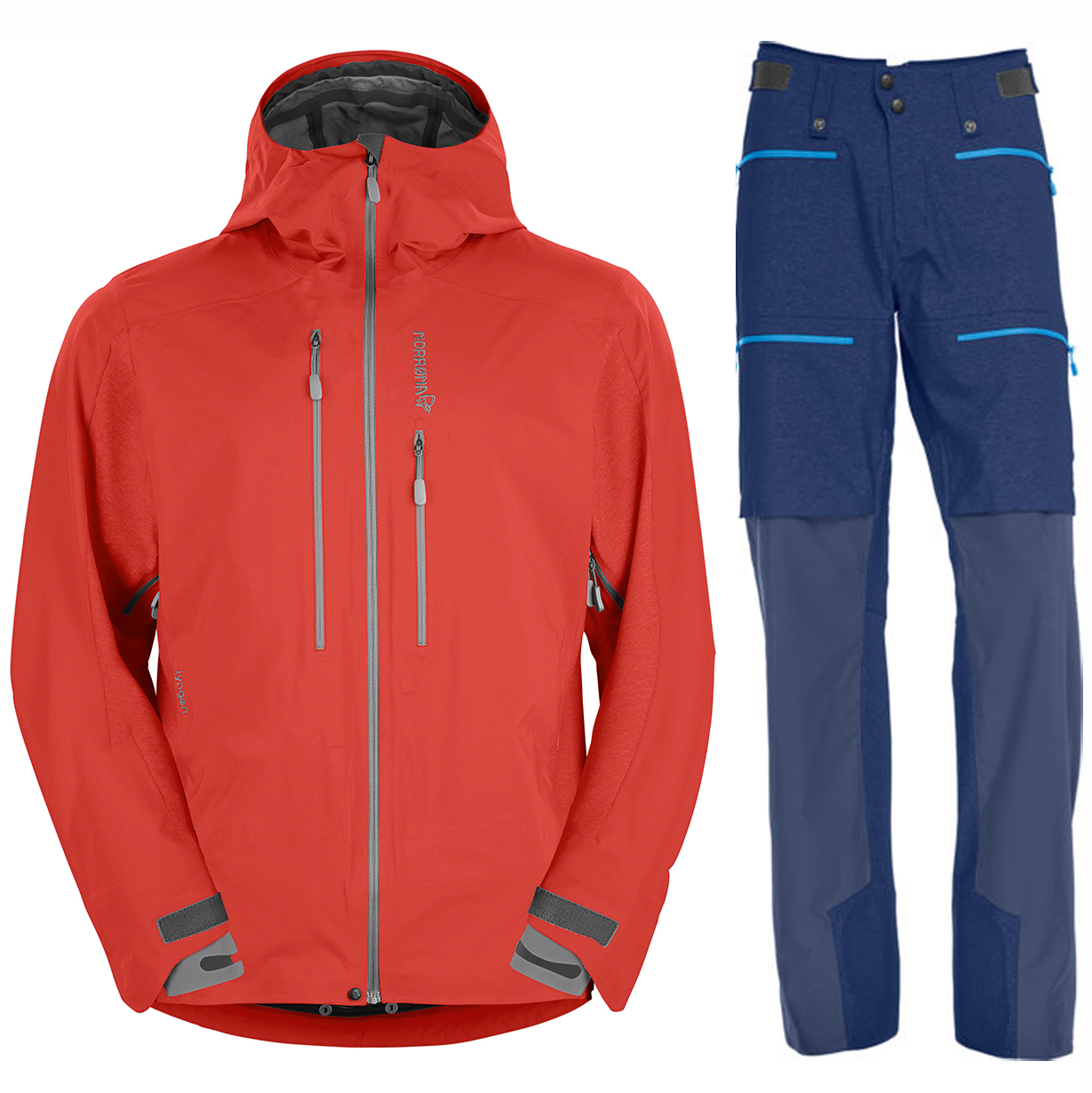
Gloves: Hestra Leather Fall Line Mitt
I’ve been using the Hestra Leather Fall Line Mitts for several years, and they’ve proven to be extraordinarily durable, warm enough for the average winter day in Colorado, and I can skin with them on for colder tours. I often skin with a fleece or soft-shell liner glove for warmer days, but I barely ever leave the house without the Leather Fall Line at least in my pack.
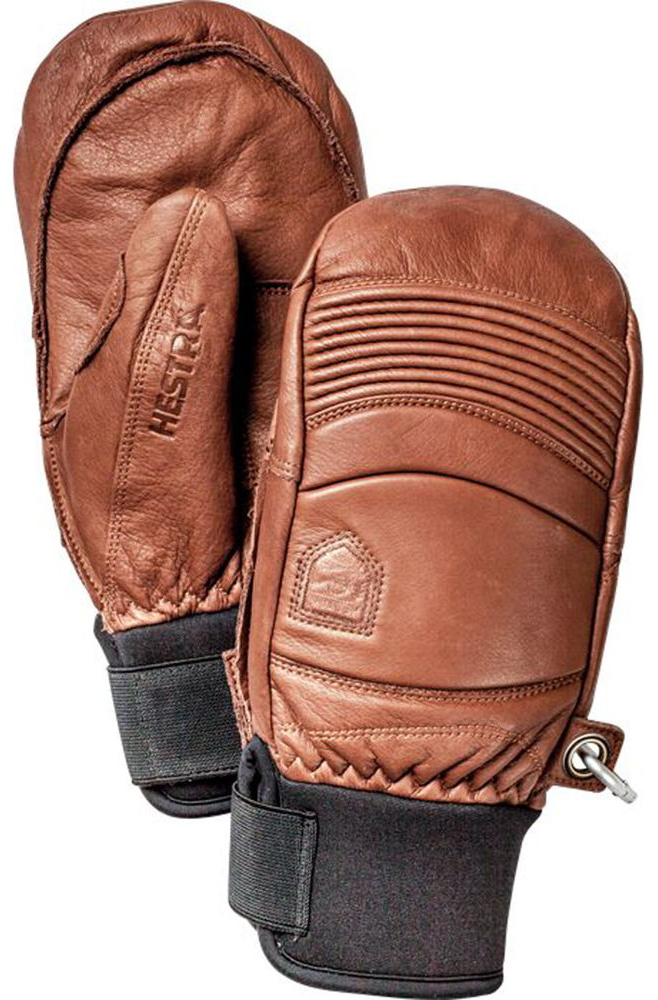
Socks: FITS Light Ski OTC
Though I’ll switch up my sock choice depending on what boots I’m using (and how much room I have inside the boots), the FITS Light Ski is my go-to for most occasions. It has just enough cushioning in the toe, heel, and shin, and has a nice, uniform, snug fit.
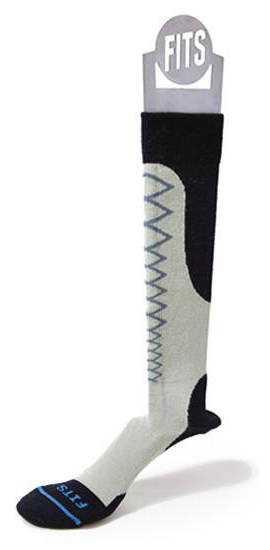
Other: Phunkshun Single Layer Neck Tube, Baseball Hat, & Beanie
I pretty much always bring a neck gaiter, beanie, and baseball hat while touring to be able to adjust to how hot or cold my head / face is getting. Phunkshun’s Single Layer Neck Tube nicely balances breathability and warmth, and I use it all year.
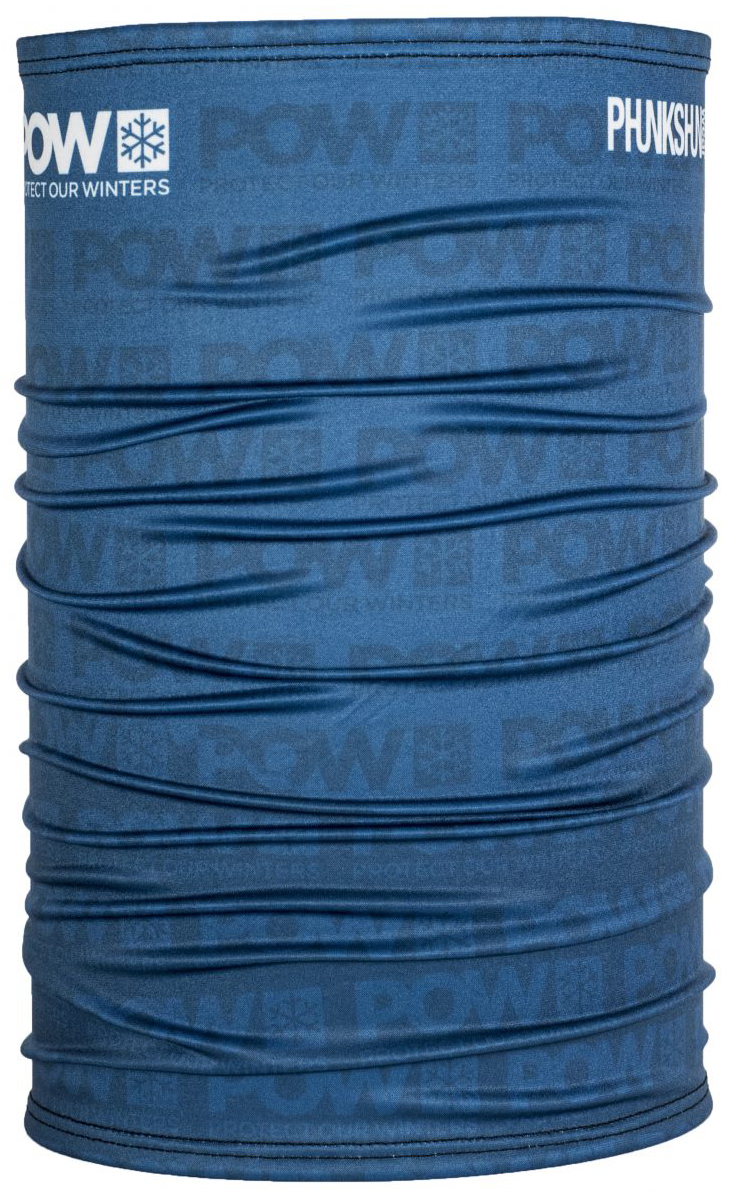
INBOUNDS SKIING (Colorado)
Base Layer: Patagonia Capilene Thermal Weight One-Piece Suit
This onesie is super comfortable, has a fairly slim fit, and fends off odor better than most synthetics I’ve used. The Polartec Power Grid fabric is very warm, so I reserve it for chilly inbounds laps (or chilly nights lounging at home).
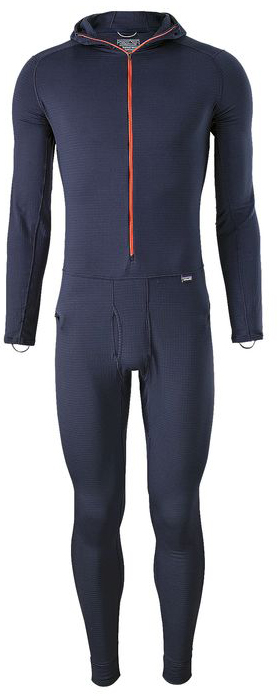
Mid Layer: Arc’teryx Atom LT Hoody
For skiing in the resort, I don’t want to be shedding and donning layers often since I rarely carry a pack, so I want a mid layer that I can keep on all day and that will keep me comfortable in most conditions. The Atom LT does the trick — its 60-g synthetic insulation is fairly warm and compressible, but the fleece side panels let it breathe significantly better than standard puffies like the Patagonia Nano Puff.
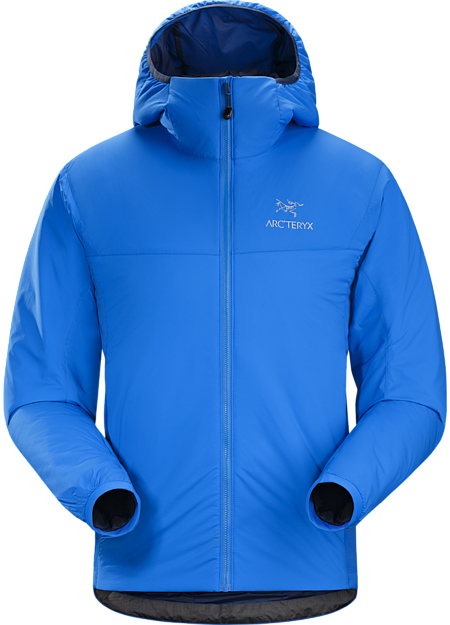
Shell
• Jacket: Strafe Pyramid Jacket
Though I could also happily ski with the Mammut Alvier HS Jacket inbounds, I prefer the looser fit, more comfortable fabric, and better breathability of the Strafe Pyramid Jacket. And its NeoShell fabric offers plenty of water resistance for the weather in Colorado.
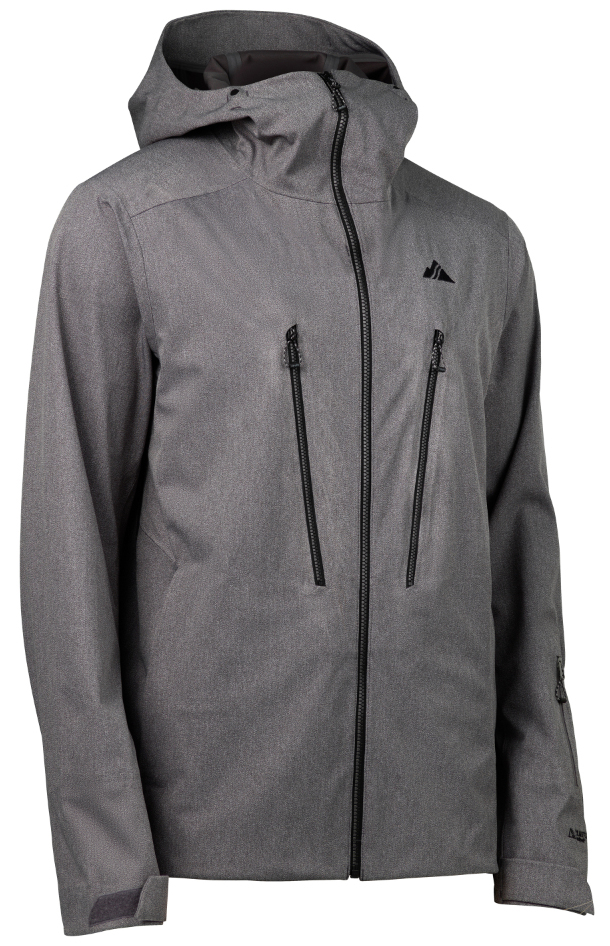
• Pants: Mammut Alvier HS Pant
When skiing the resort, I end up brushing up against a lot of trees and rocks, and sit on plenty of snowy or wet chairlifts, so I want a pair of pants that will keep me dry and will last through lots of abuse. Though I still need to get more days in them to really test their long-term durability, so far, the Mammut Alvier HS pants have proven to offer reliable weather protection, their 70-denier face fabric is pretty burly, and the Gore-Tex C-Knit fabric is a bit less crinkly than traditional hard shells.

Gloves: Hestra Leather Fall Line Mitt
For all the reasons listed above, the Hestra Leather Fall Line Mitts are also my favorite for the resort. For really cold days, I’ll reach for the Black Diamond Mercury Mitts, but those don’t see a lot of action during the average season in Colorado.
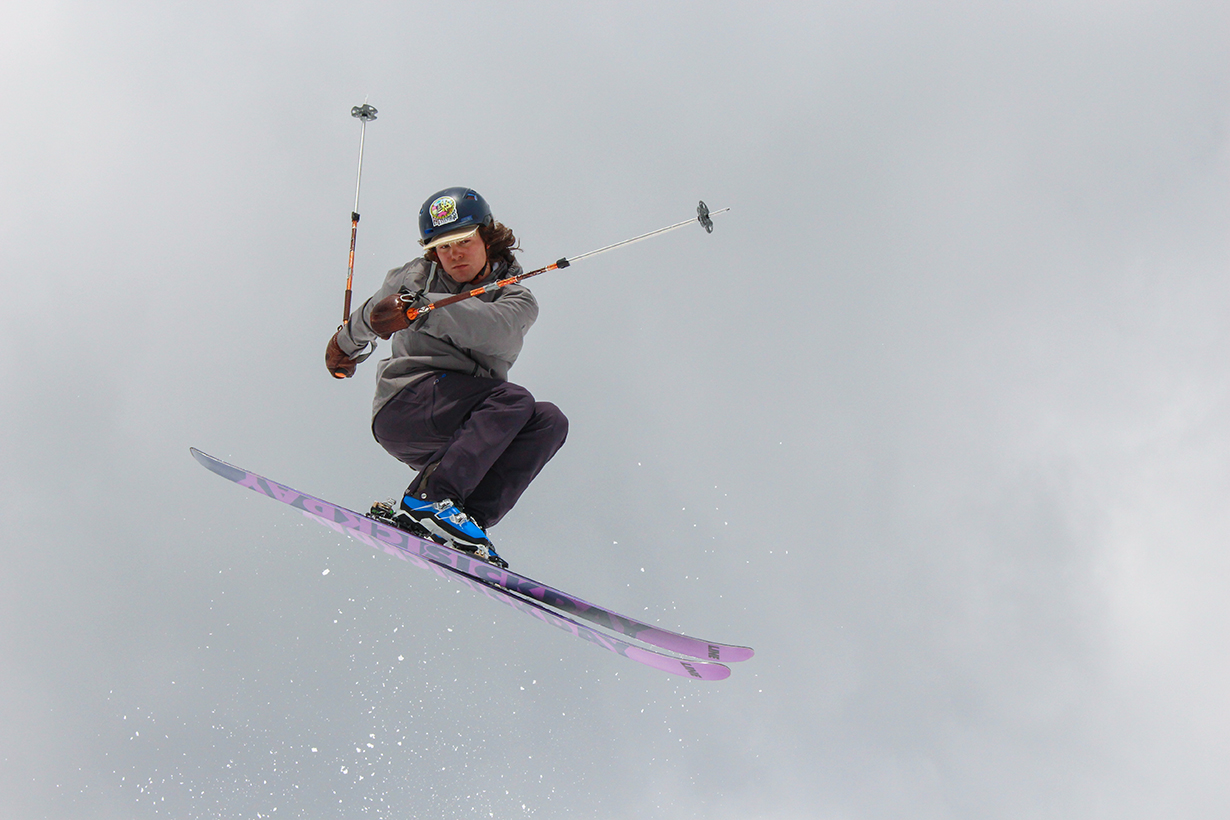
Socks: FITS Light Ski OTC
For all the reasons listed above.

Other: Phunkshun Single Layer Neck Tube & Beanie
For all the reasons listed above.

ONE KIT FOR TOURING + RESORT
Base Layer: Mons Royale Supermons
Yep, I like onesies for base layers, and the SuperMons is another great option. It falls between the Norrona and Patagonia options in terms of warmth, making it a good all-around option.
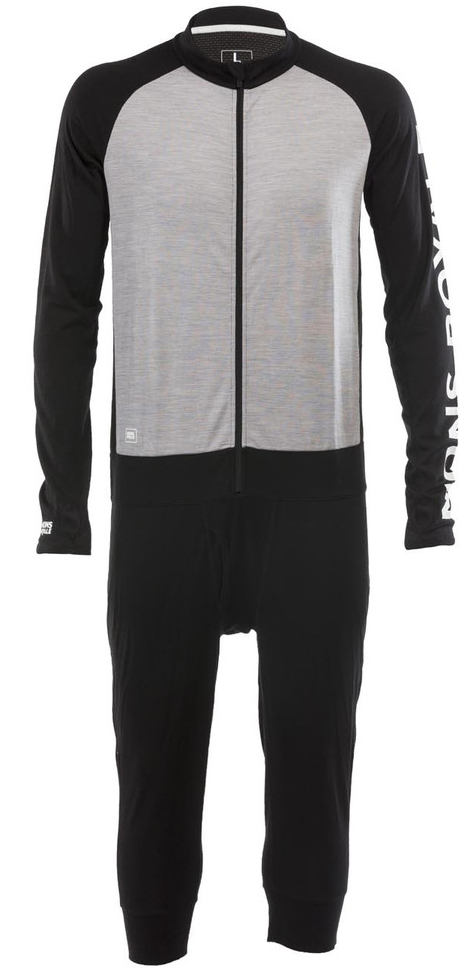
Mid Layer 1: Ortovox Merino Fleece Melange Hoody
This piece from Ortovox is pretty similar to the R1 in terms of warmth and breathability, and the merino wool in the fabric means it fends off a smell better than the R1. The Merino Fleece Melange Hoody also looks a bit less “techy,” which I appreciate for a piece that I’m gonna use for a bit of everything.
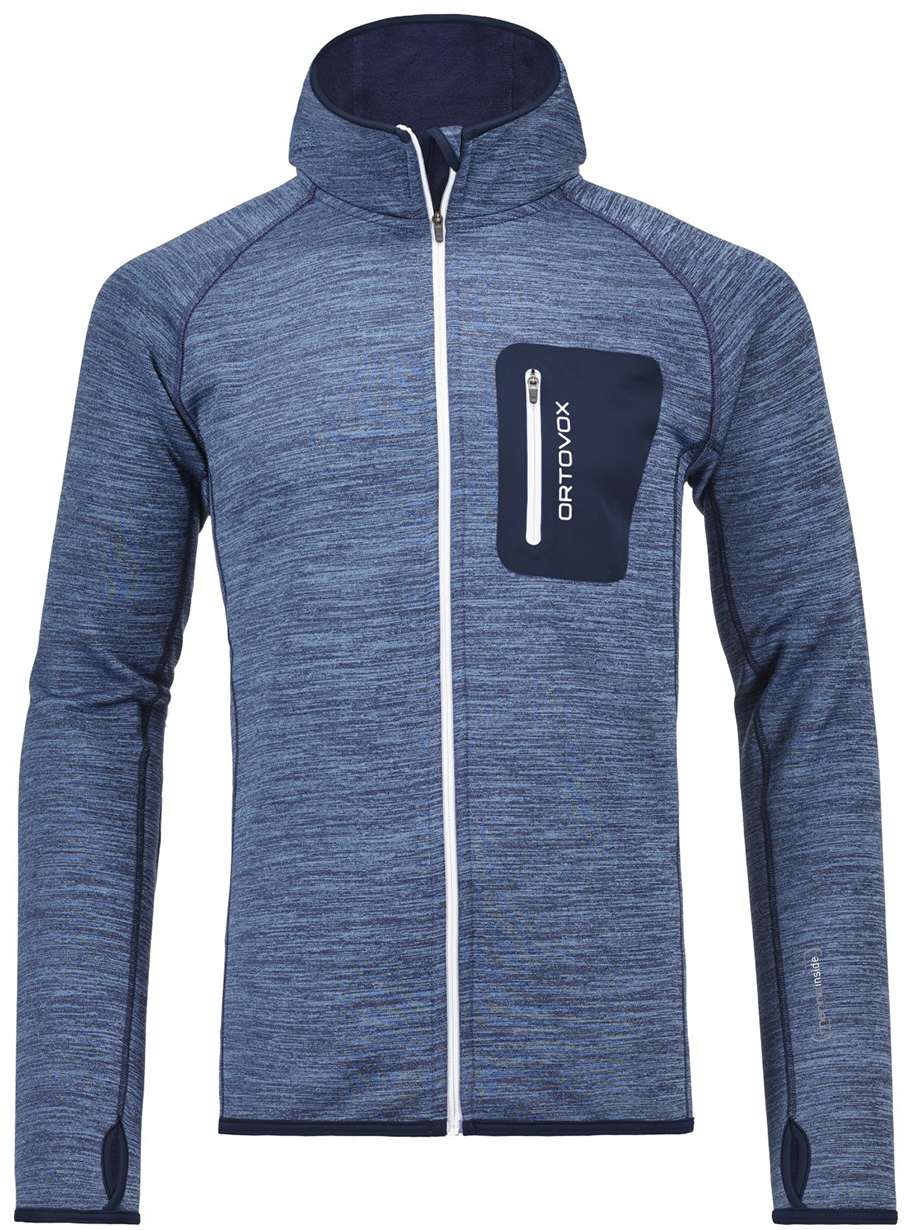
Mid Layer 2: Arc’teryx Atom LT Hoody
Combined with the two layers above, the Atom LT will keep me warm in most conditions I encounter, and won’t make me overheat quite as quickly as standard puffies (though it’d stay in my pack most of the time while touring).

Shell
• Jacket: Strafe Pyramid Jacket
The Pyramid is more breathable than most hard shells, has plenty of features for the resort, and is extremely comfortable. The only real thing holding it back is its weight and size, but for a 50/50 kit, I don’t mind it for the occasional tour.
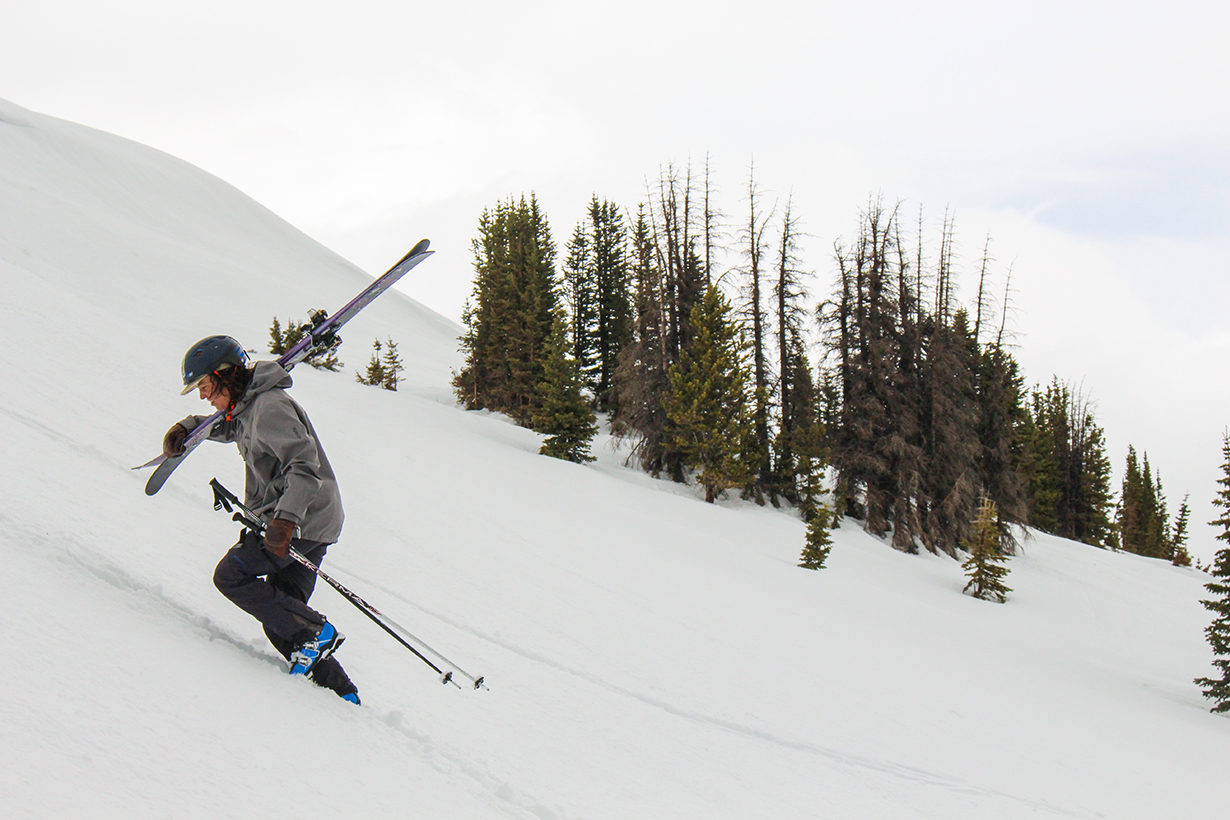
• Pants: Mammut Alvier HS Pant
While I love the Norrona Lyngen Hybrid Pants, their cuffs don’t do so well with big alpine boots, and their fit is a little slimmer than I’d like for the resort. So, I’d again go with the Alvier HS for both resort and touring, since it has massive side vents for skinning, and has plenty of pockets and a baggier fit for the resort.

Gloves: Hestra Leather Fall Line Mitt
Yep, again.

Socks: FITS Light Ski OTC
For all the reasons listed above.

Other: Phunkshun Single Layer Neck Tube & Beanie
For all the reasons listed above.

NEXT: Sam Shaheen’s Outerwear and Apparel Selections

I enjoyed reading what you guys/Gals wear and why. I use similar pieces and you gave me some ideas on adding a couple, namely the Skins A400 3/4 compression tights. I have been using the CWX compression shorts the past few years along with neoprene knee braces, but I like the 3/4 length better.
I just bought the G-Form Pro-X compression shirt, I have a AC Separation on my left shoulder and a Labrum tear on my right shoulder from a Mountain Bike crash in September, so I have been looking for some form of protection that is not overly bulky and breathes decently.
Keep up the good work.
As someone who has been looking for replacements for his trusty, but kinda old and gross, Marker Spring Gloves – I share your pain JE – I’ve struggled finding good spring / touring gloves. For me not necessarily uphill – but something with the dexterity that works for errands around a cold and windy NYC, a fall tailgate, or for warmer days we seem to keep hitting on trips west to Utah. I’m intrigued not only by Luke’s description of the M1 Trucks – but also the free shipping and returns – not to mention the price! Fingers crossed. Happy Holidays!
For thinnish gloves,, I really like the OR Lodestar gloves. Unlike most gloves of similar thickness they don’t have any membrain.coating or insert.
This has two benefits:
First: breathability and drying time are best in class, so even if you get them wet from snow or sweat, they will dry fast.
Two, the fleece insulation is part of the outer fabric (back nylon and leather palm) so there are no separate layers sliding across each other, to reduce grip and dexterity.
Unlike many others they have a fairly weather resistant nylon back, water resistant Pittards leather palm and finger tips, and the leather is lined with a bonded fleece, where most palms are uninsulated.
Do all of you who ski-tour with an ultralight down jacket not worry that:
1: It will lose loft during the day due to moisture (at the very least from sweat in your clothing from the ascent, if not from snow)?
2: That you will rip those ultralight fabrics/seams if you wipe out, or ski through some trees/brush?